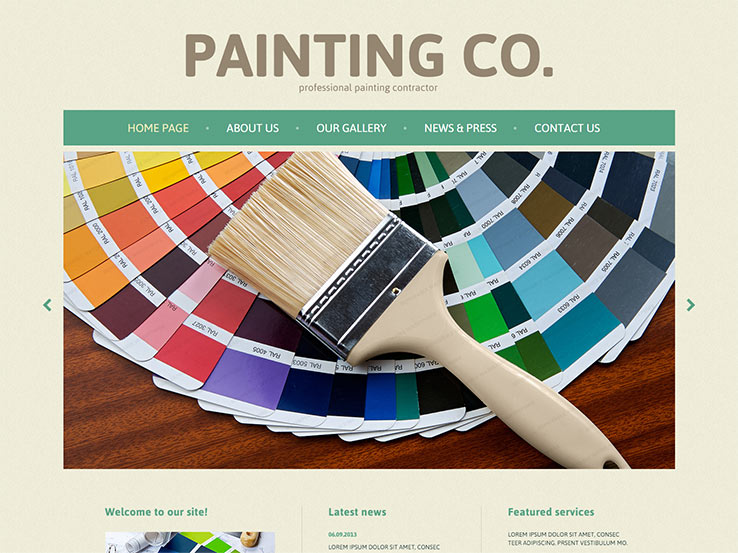Seasonal Factors To Consider For Commercial Outside Painting: What You Need To Know
Seasonal Factors To Consider For Commercial Outside Painting: What You Need To Know
Blog Article
simply click the next web page -Korsholm Decker
When you're planning an industrial external painting job, seasonal variables can make or damage your outcomes. You'll want to take into consideration exactly how temperature and moisture influence paint application and drying out times. Picking the appropriate season can guarantee your paint sticks appropriately and lasts longer. Yet which periods are truly the most effective for this type of work? Allow's discover the crucial elements that can affect your project's success.
The Effect of Temperature Level on Paint Application
When you're planning a business outside paint project, the temperature can considerably influence how well the paint adheres and dries out.
Preferably, you intend to paint when temperatures vary between 50 ° F and 85 ° F. If it's too cold, the paint may not cure effectively, leading to concerns like peeling or splitting.
On the other side, if it's too warm, the paint can dry too swiftly, avoiding proper adhesion and causing an irregular surface.
You must additionally consider the moment of day; morning or late afternoon offers cooler temperature levels, which can be a lot more beneficial.
Always examine the manufacturer's recommendations for the certain paint you're using, as they typically give assistance on the ideal temperature level range for ideal results.
Humidity and Its Result on Drying Times
Temperature isn't the only environmental element that affects your commercial outside paint job; moisture plays a considerable duty also. High moisture levels can reduce drying times considerably, influencing the general quality of your paint work.
When the air is filled with wetness, the paint takes longer to heal, which can lead to concerns like inadequate adhesion and a higher risk of mildew growth. If you're painting on an especially damp day, be planned for extended wait times in between layers.
It's critical to keep track of local weather and plan as necessary. Ideally, go for humidity degrees in between 40% and 70% for optimum drying.
Maintaining these consider mind ensures your project remains on track and provides a lasting coating.
Best Seasons for Commercial Outside Painting Projects
What's the best season for your commercial outside paint projects?
Springtime and very early fall are commonly your best choices. Throughout visit the next site , temperatures are mild, and humidity levels are often lower, producing ideal conditions for paint application and drying out.
Stay clear of summer's intense heat, which can cause paint to dry too swiftly, resulting in inadequate attachment and surface. Likewise, winter season's chilly temperature levels can hinder appropriate drying out and treating, risking the durability of your paint work.
Go for days with temperatures between 50 ° F and 85 ° F for ideal outcomes. Bear in mind to examine the local weather forecast for rainfall, as damp conditions can destroy your task.
Planning around these factors ensures your painting task runs efficiently and lasts much longer.
Verdict
Finally, preparing your industrial external painting tasks around seasonal factors to consider can make a substantial distinction in the result. By organizing job throughout the optimal temperatures and humidity degrees, you'll make sure much better attachment and drying times. Keep in mind to watch on neighborhood weather prediction and pick the correct time of year-- springtime and very early loss are your best choices. Taking these actions will assist you attain a sturdy and specialist coating that lasts.
